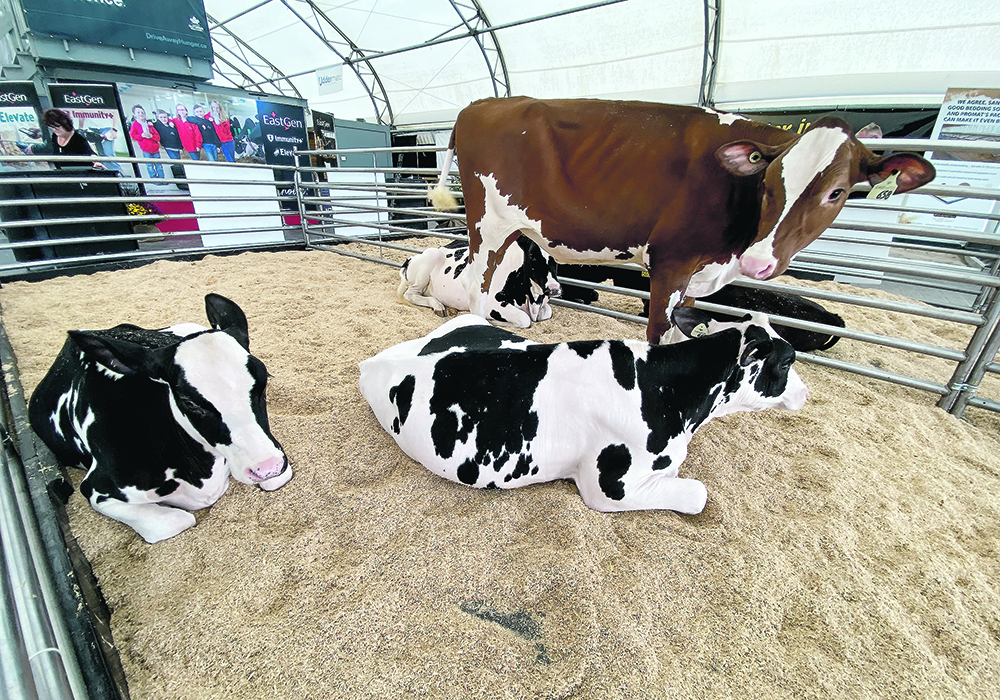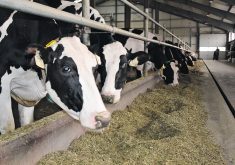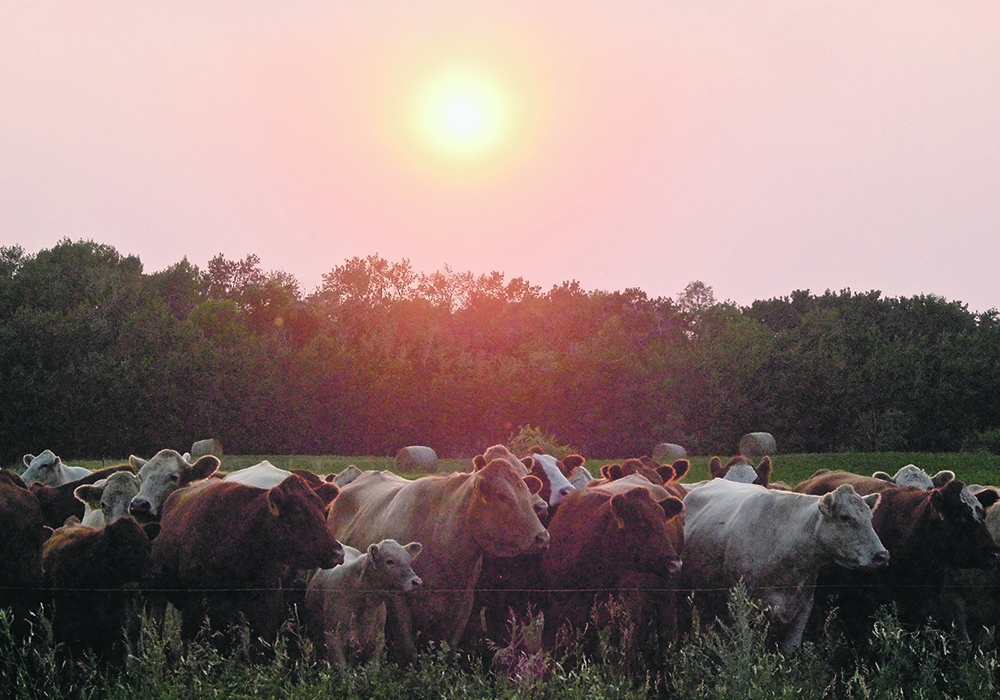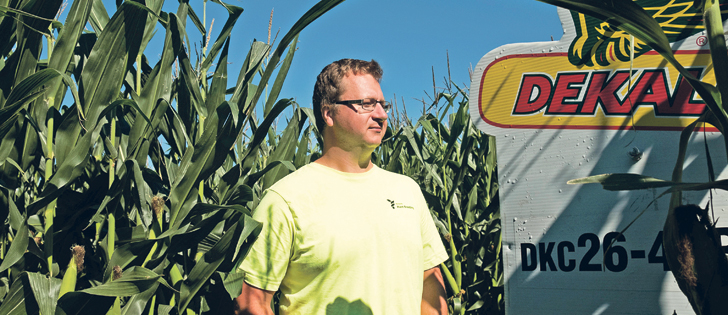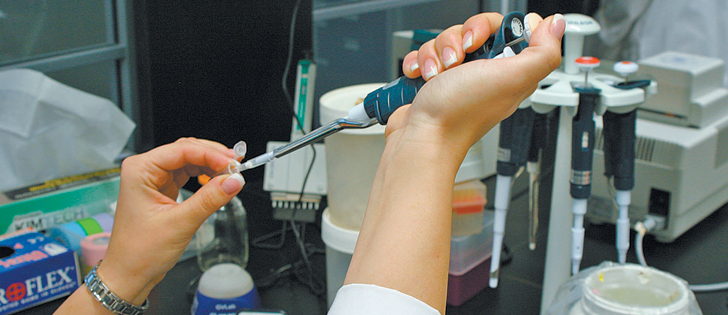Emotions often play a role when deciding which heifers to keep, but producers agree that genetics cannot be overlooked
At Rose Vega Farm near Cambridge, Ont., Luke and Kelly Donkers agree that emotion sometimes creeps into dairy breeding decisions.
“There are probably more grey-haired cows on our farm than just about anybody else,” Kelly joked as the Donkers took part in a genomics exercise held at EastGen’s display at the Dairy Innovation Centre at Canada’s Outdoor Farm Show held recently at Woodstock, Ont.
In response to his wife’s comment, Luke conceded he regularly keeps cows in the 100-cow Rose Vega milking herd for sentimental rather than profitability reasons. But genetics can’t be overlooked, he agreed.
Read Also

VIDEO: Ag in Motion documentary launches second season
The second season of the the Western Producer’s documentary series about Ag in Motion launched Oct. 8.
Speaking with EastGen’s director of sales, Jamie Howard, Luke outlined the potential positive outcomes of analyzing genomic evaluations of both cows and bulls and implementing breeding decisions based on that information.
From building on the positive traits of cow families to avoiding potential genetic defects, he noted there are good reasons Rose Vega sets aside a portion of its breeding budget to genomic test some animals.
The workshop featured four young heifers sired by bulls in the EastGen line-up, all genomic tested. Participants were asked to look over the heifers, assess their characteristics and decide which two to keep in the milking herd and which two to sell.
Participants were then shown genomic evaluations of the heifers and the discussion turned to whether they were surprised by what they learned.
Among the contrasts revealed was a pair of sisters, with one scoring high in conformation under genomic evaluation while the other scored higher in milk production.
Howard said the large EastGen display at this year’s farm show did not feature photos of bulls promoting perfect matches for a herd’s cows as it has in the past. Instead, there was the “Put Genomics to Work” exercise along with an adjacent pen holding four beef-on-dairy cross animals, as well as signs promoting the Methane Efficiency index for bulls and for cows enrolled in EastGen’s Elevate genetic testing program.
The absence of bull-promoting photos, suggested Howard, speaks to the company’s transition from a semen provider to a genetics solutions provider.
“We still promote bulls at all the dairy shows,” he said. “But here, we have the understanding that at all dairy farms these days, no matter if they’re milking 1,000 cows or 40 cows, there needs to be a genetic strategy that feeds into keeping the farm profitable.”
A short survey accompanying the farm show exercise asked participants if they genomically test, and if not, why not. According to Howard, the “why not” responses ranged from “we don’t have time” to “it’s a waste of money.”
He expressed confidence the exercise made strides toward dispelling both reasons for reluctance.
“People have been very receptive,” said Howard, to putting themselves into a position of making a decision based simply on looking at the heifers. And many were surprised when they saw the genomic results.
“It definitely begs the question about how much more would I know if I knew more about the heifer from testing its genomics.”
Through completing the exercise, “we get into the discussion of what goals do you have from your replacement animals… and we talk about the small investment that you’d be making to find out a wealth of information about them.”



